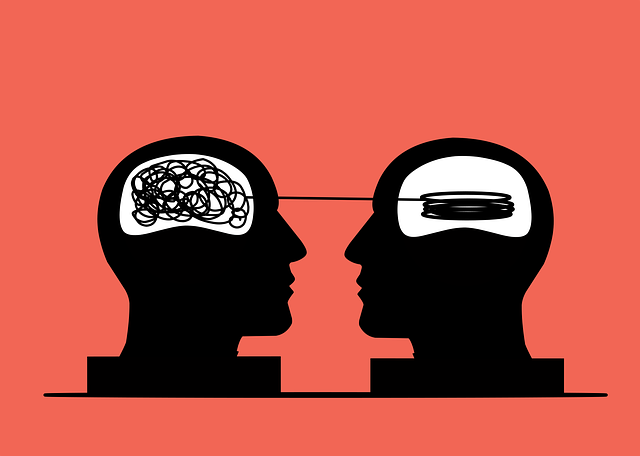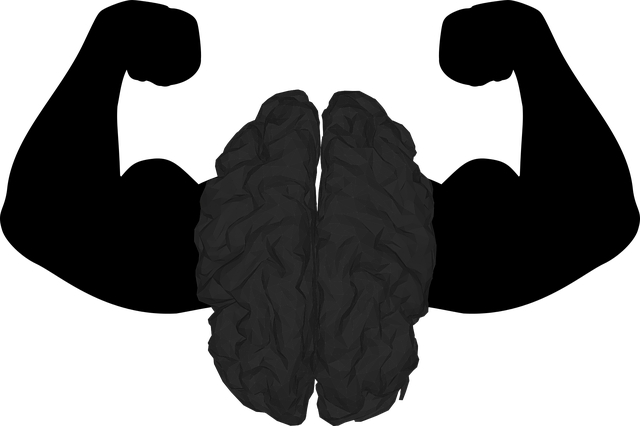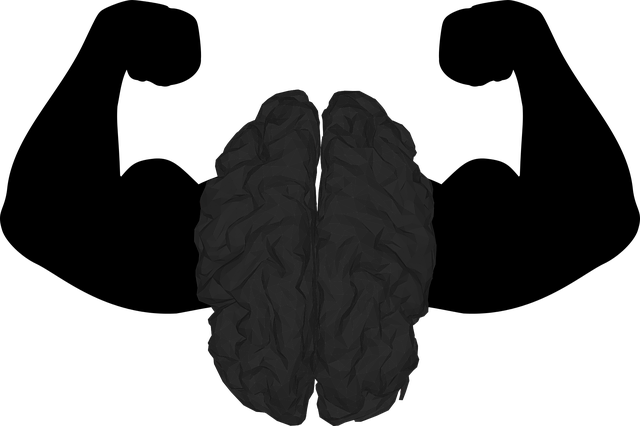Evaluating the impact of mental wellness programs, such as those offered by Englewood American Sign Language Therapy, involves a multi-faceted approach. They utilize standardized questionnaires and qualitative methods like client feedback forms and interviews to measure changes in mental health symptoms, empathy-building strategies' success, and self-awareness improvements through journaling exercises. Defining success with SMART goals ensures alignment with program objectives, such as enhancing emotional intelligence in sign language expression and public awareness campaigns. Robust assessment tools, including surveys and interviews, provide both quantitative and qualitative data for a holistic evaluation, ensuring tailored enhancements to meet the unique needs of participants.
Mental wellness program evaluations are vital to ensure their effectiveness and impact. This article explores robust evaluation methods, highlighting key strategies for assessing programs like the innovative Englewood American Sign Language (ASL) Therapy initiative. We delve into defining evaluation goals, selecting metrics (e.g., surveys, interviews), tracking progress with both quantitative and qualitative data, and the unique case study of Englewood’s ASL program. Additionally, we discuss iterative processes that foster continuous improvement based on participant feedback and language acquisition data, ultimately enhancing mental health outcomes and sustainability.
- Assessing Program Impact: Metrics and Measures
- – Defining evaluation goals and objectives
- – Selecting appropriate assessment tools (e.g., surveys, interviews)
Assessing Program Impact: Metrics and Measures

Evaluating the impact of a mental wellness program is crucial to understanding its effectiveness and making informed improvements. At Englewood American Sign Language Therapy, for instance, assessing program impact involves measuring key metrics that go beyond simple participation rates. These metrics include tracking changes in clients’ mental health symptoms, such as anxiety, depression, or stress levels, using standardized questionnaires before and after the program.
Additionally, empathy building strategies, a key component of their Mental Health Education Programs Design, are assessed through qualitative methods like client feedback forms and individual interviews. This provides valuable insights into how the program fosters understanding and support among participants. Further, the incorporation of Mental Wellness Journaling Exercise Guidance allows for tracking improvements in self-awareness, reflection skills, and overall emotional well-being.
– Defining evaluation goals and objectives

Evaluating a mental wellness program requires a clear understanding of its goals and objectives. The first step in this process involves defining what success looks like for the initiative, whether it’s improving emotional intelligence among participants or fostering positive thinking. At Englewood American Sign Language Therapy, for instance, evaluation goals might include measuring the impact of sign language therapy on individuals’ ability to express and understand emotions, as well as the program’s contribution to public awareness campaigns development related to mental wellness.
These goals should be specific, measurable, achievable, relevant, and time-bound (SMART). For example, a SMART objective could be “to increase emotional intelligence scores by 20% among program participants within six months.” Such objectives provide a clear framework for assessment, enabling the evaluation team to measure progress, identify areas of improvement, and ensure the program aligns with its intended purpose.
– Selecting appropriate assessment tools (e.g., surveys, interviews)

When evaluating mental wellness programs, particularly those designed for diverse communities like Englewood American Sign Language Therapy, selecting the right assessment tools is paramount. Surveys and interviews are invaluable resources for gathering data on participants’ emotional regulation, cultural sensitivity in mental healthcare practice, and overall mental wellness. These methods allow for both quantitative and qualitative insights, providing a comprehensive understanding of program effectiveness.
For instance, surveys can measure general psychological well-being using established scales that assess factors like life satisfaction, positive emotions, and coping strategies. Interviews, on the other hand, offer deeper insights into individual experiences, cultural influences on mental health, and the application of mind over matter principles within the program setting. Tailoring these assessment tools to align with the specific needs and backgrounds of participants ensures accurate evaluation and informs targeted improvements to the wellness program.
Evaluating mental wellness programs is crucial for measuring their effectiveness, especially in initiatives like Englewood American Sign Language Therapy. By defining clear evaluation goals and objectives, and choosing suitable assessment tools such as surveys and interviews, we can gain valuable insights into program impact. These methods enable us to track progress, identify areas of improvement, and ultimately enhance the well-being of participants, ensuring that resources are allocated efficiently for optimal mental health support.














